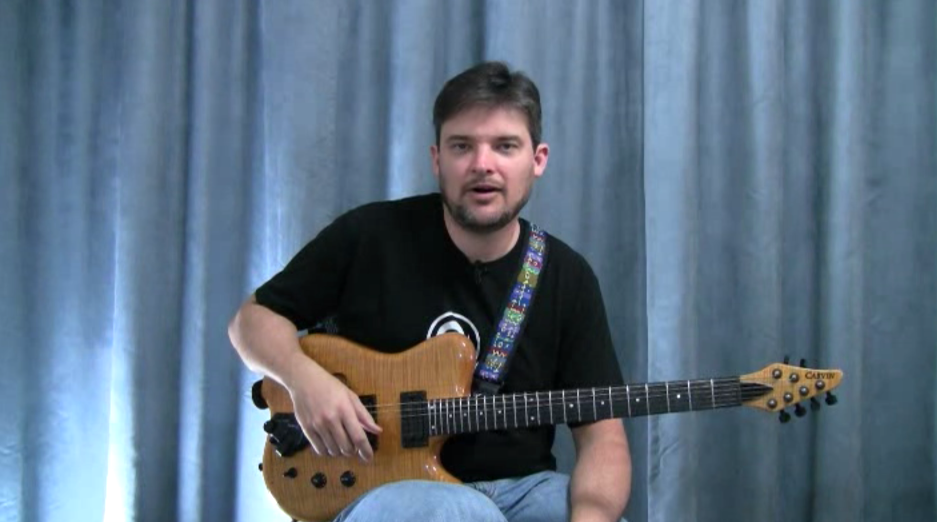Here’s Mehran , showing you the basic 12 count form for Flamenco… The sound is a little weird, that will be fixed on the DVDs…
My name is Mayron [phonetic]. I am a flamenco guitarist
and I’m here to teach you some introductory lessons to flamenco.
What I will start with is a lot of technical stuff,
especially with your right hand. Most of us, historically
playing guitar where we play with picks or we come from
different genres of music and some of you guys want to
get an introduction to flamenco, you need to work on your right hand.
The first thing I want to remind you is your third finger,
the A finger, is probably going to require a lot more attention
than all the other fingers because in our anatomy, in our
physiology, it is the weakest finger.
So we have to spend a lot of time doing exercises to built
that finger up, to make it a little bit stronger.
The thing that we’re going to cover in this series of
flamenco guitar is going to be technical stuff with the
right hand and I’m going to give you lots of exercises for
picado, for arpeggios, for alzapua, pulgar and rasgueados.
What we do in flamenco is usually we don’t just play songs.
What we have are forms. There’s about 80 or 90 different
forms of flamenco.
Most of them are in 12 count. The material in the 12 count,
they tend to be a little bit more difficult than the 4 count
because they have a particular way of accentuating.
You have a count that a lot of times starts on 12 and the
accents are going to be 12, 3, 6, 8, 10. So the accents will
be 12, 3, 6, 8, 10. Okay?
Just to give you an example, it will be like…
In general, just to give you an overview of different
forms of flamenco, the slowest of all of them is solea
which is the mother of everything 12 count.
It’s very heavy or is sad sounding. And the fastest of all
of these forms would be buleria, which is again, very similar
to solea, it’s just a lot more up tempo.
So the solea is going to be one, two, three, four and five
and six, seven, eight, nine, ten, eleven, twelve.
Buleria will be… So that’s a huge different in tempo
between the two.
Everything else within flamenco falls in between these two ranges.
